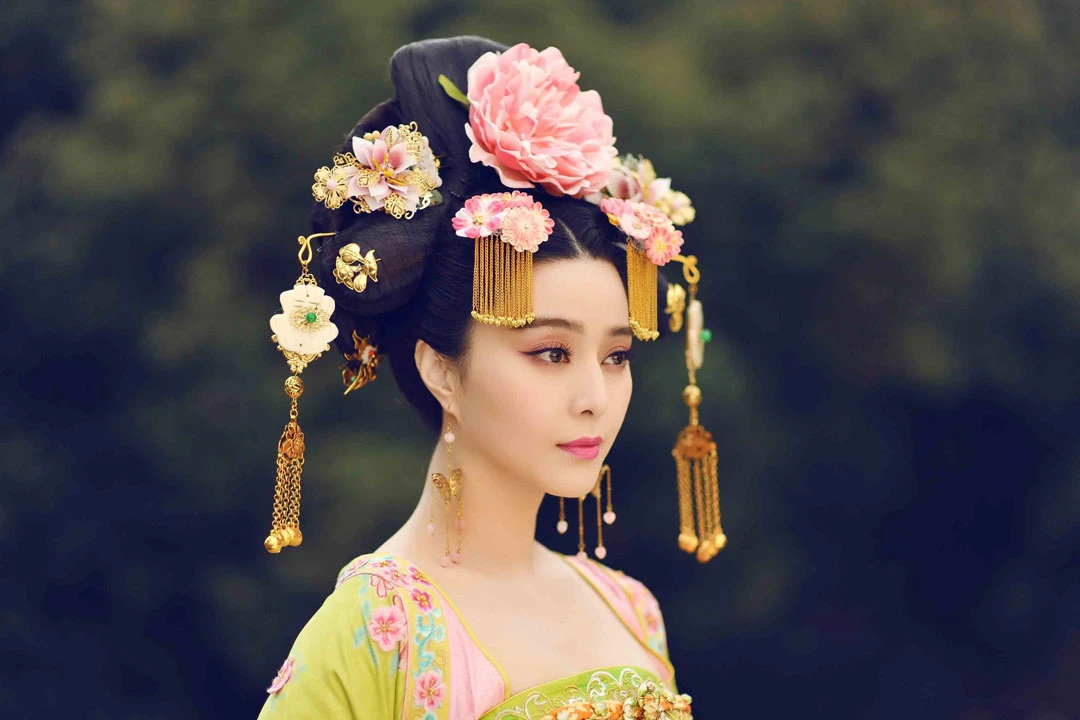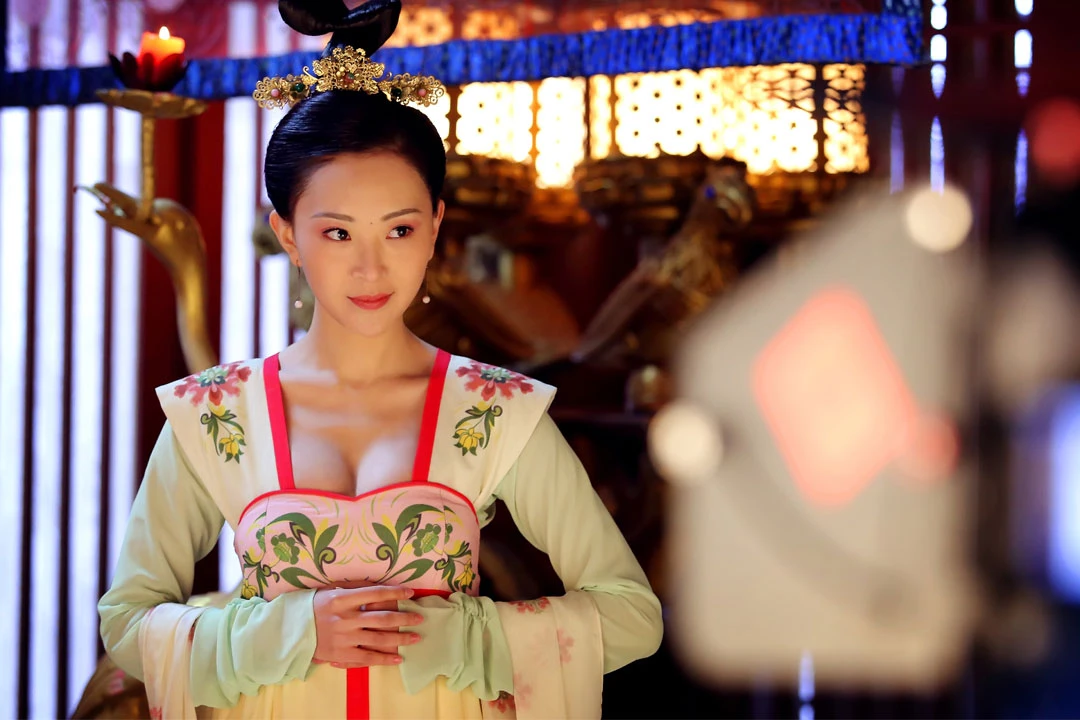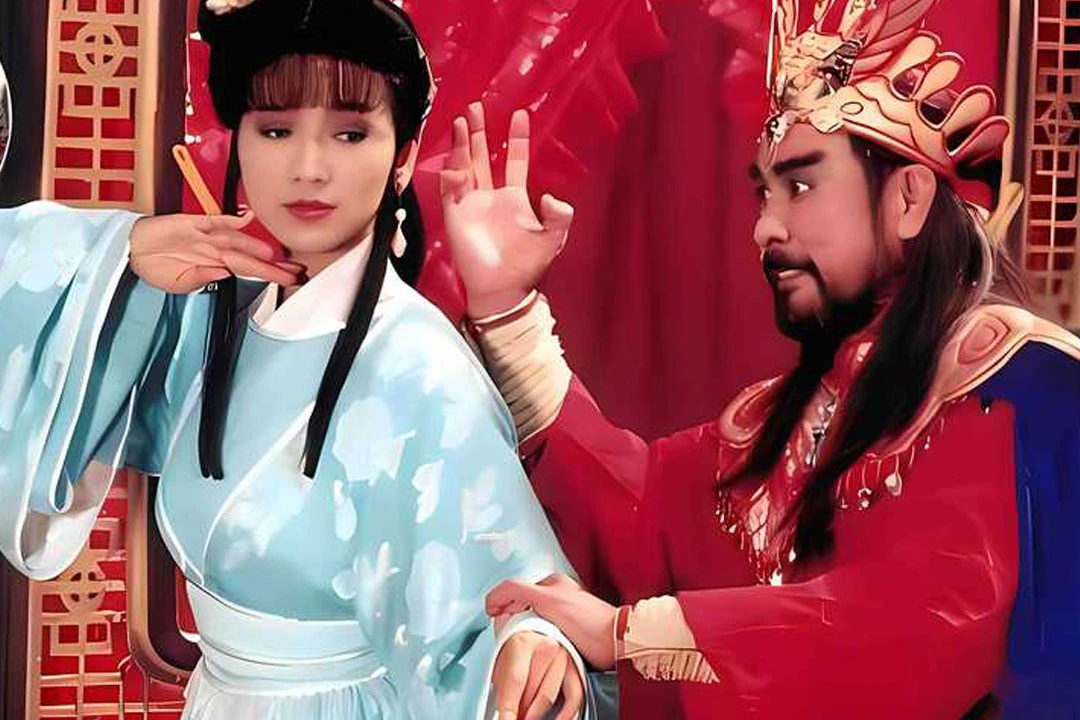In the tapestry of human culture, few threads are as intricate and revealing as the names we bestow upon ourselves and others. Names serve as more than mere labels; they are vessels of identity, carriers of tradition, and mirrors reflecting societal values. This is particularly true when examining the evolution of female naming conventions, a fascinating journey that spans centuries and offers profound insights into the changing roles and perceptions of women in society.
The Power of a Name: How Suffixes Shaped Women's Identities in Classical Literature
In the realm of classical Chinese literature, a curious pattern emerges when examining the names of female characters. A striking number of these fictional women bear names ending with the character "娘" (niang), which can be roughly translated as "maiden" or "young woman." This naming convention is not merely a stylistic choice but a window into the cultural expectations and social positioning of women in traditional Chinese society.
Consider the beloved characters from renowned works such as "The Water Margin" and "Strange Tales from a Chinese Studio." In these stories, we encounter women like Zhang Zhenniang, Hu Sanniang, and Xin Shisining. The "niang" suffix serves multiple purposes: it immediately identifies the character as female, suggests youthfulness or unmarried status, and often carries connotations of beauty or desirability.
This literary tradition reflects a broader societal tendency to define women primarily through their relationships to men or their position within the family structure. The use of "niang" in these names subtly reinforces the idea that a woman's identity is intrinsically tied to her gender and marital status, rather than her individual achievements or personal qualities.
However, it would be overly simplistic to view this naming convention solely through a critical modern lens. In many cases, the "niang" suffix also served to elevate the status of female characters, imbuing them with a sense of respect or admiration. Characters like Du Liniang from "The Peony Pavilion" are complex, multifaceted individuals whose names reflect both their femininity and their importance to the narrative.
Beyond Fiction: Historical Figures and the Persistence of Gendered Naming
The prevalence of the "niang" suffix extends beyond the realm of fiction into historical records. Numerous influential women throughout Chinese history bore names ending with this character, from the infamous Wu Zetian (known in her youth as Wu Meiniang) to the legendary Lin Moniang, who would later be deified as Mazu, the goddess of the sea.
This naming pattern highlights the deeply ingrained nature of gender-based designations in traditional Chinese society. Even women who wielded significant power or achieved remarkable feats were often identified primarily through their femininity. This linguistic custom served as both a marker of identity and a subtle reminder of societal expectations.
Interestingly, the use of "niang" in naming was not limited to a single social class or type of woman. It appears in the names of empresses and concubines, as well as in those of common women and legendary figures. This universality suggests that the convention transcended social boundaries, serving as a unifying element in the conceptualization of female identity across different strata of society.
Linguistic Shifts and Social Change: The Transformation of Female Designations
As with all aspects of language and culture, the meaning and usage of "niang" have evolved over time. What began as a simple designation for young women in the Southern and Northern Dynasties period gradually acquired additional layers of meaning and complexity.
By the Tang Dynasty, "niang" had expanded beyond its original definition to encompass a broader range of female identities. It could be used to refer to mothers, wives, or women of high status, depending on the context and the specific compound in which it appeared. Terms like "niangzi" (lady) and "niangniang" (empress or goddess) emerged, further diversifying the linguistic landscape of female designations.
This semantic evolution mirrors broader social changes in the perception and roles of women in Chinese society. As women gained more visibility and agency in certain spheres, the language used to describe them adapted accordingly. However, it's crucial to note that these linguistic shifts did not always correspond directly to improvements in women's social status or rights.
The transformation of "niang" from a simple age and gender marker to a more nuanced term reflects the complex interplay between language, culture, and social norms. It demonstrates how seemingly innocuous naming conventions can both reflect and reinforce societal attitudes towards gender and identity.
In modern Chinese, the use of "niang" as a naming suffix has largely fallen out of fashion, replaced by more diverse and individualistic naming practices. However, its legacy persists in certain idiomatic expressions, historical references, and regional dialects. The evolution of this linguistic custom offers valuable insights into the changing dynamics of gender relations and identity formation in Chinese society.
As we reflect on the journey of female naming conventions from ancient times to the present day, we are reminded of the power of language to shape perceptions and reinforce cultural norms. The story of "niang" and similar gendered suffixes is not merely a tale of linguistic curiosity; it is a narrative that intersects with broader themes of women's rights, social evolution, and the ongoing negotiation of identity in a rapidly changing world.
In an era where gender equality and individual expression are increasingly valued, examining these historical naming practices provides us with a valuable perspective on how far society has come—and how far it still has to go. The names we choose for ourselves and others continue to carry weight, serving as declarations of identity, markers of cultural heritage, and reflections of our collective values.
As we move forward, it is essential to remain conscious of the subtle ways in which language can reinforce or challenge gender norms. By understanding the historical context of naming conventions, we can make more informed choices about how we use language to describe and define ourselves and others, fostering a more inclusive and equitable society for all.



